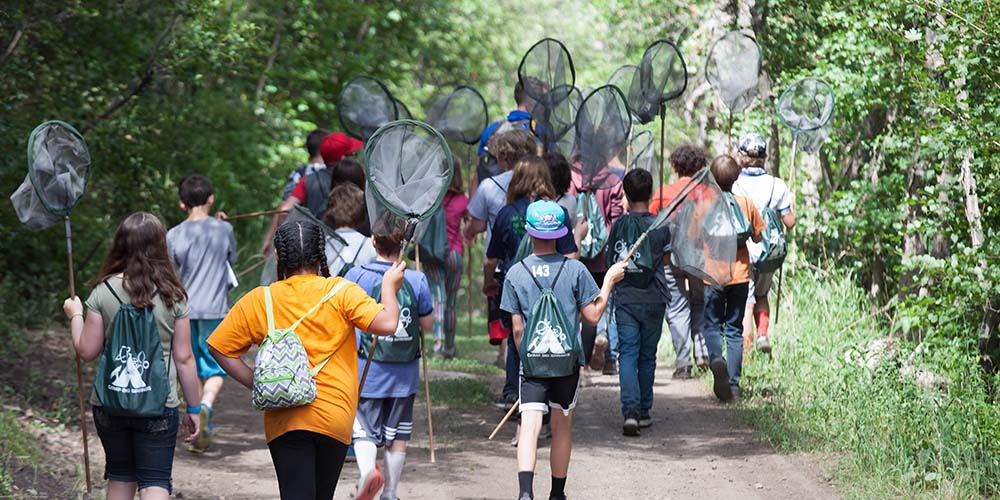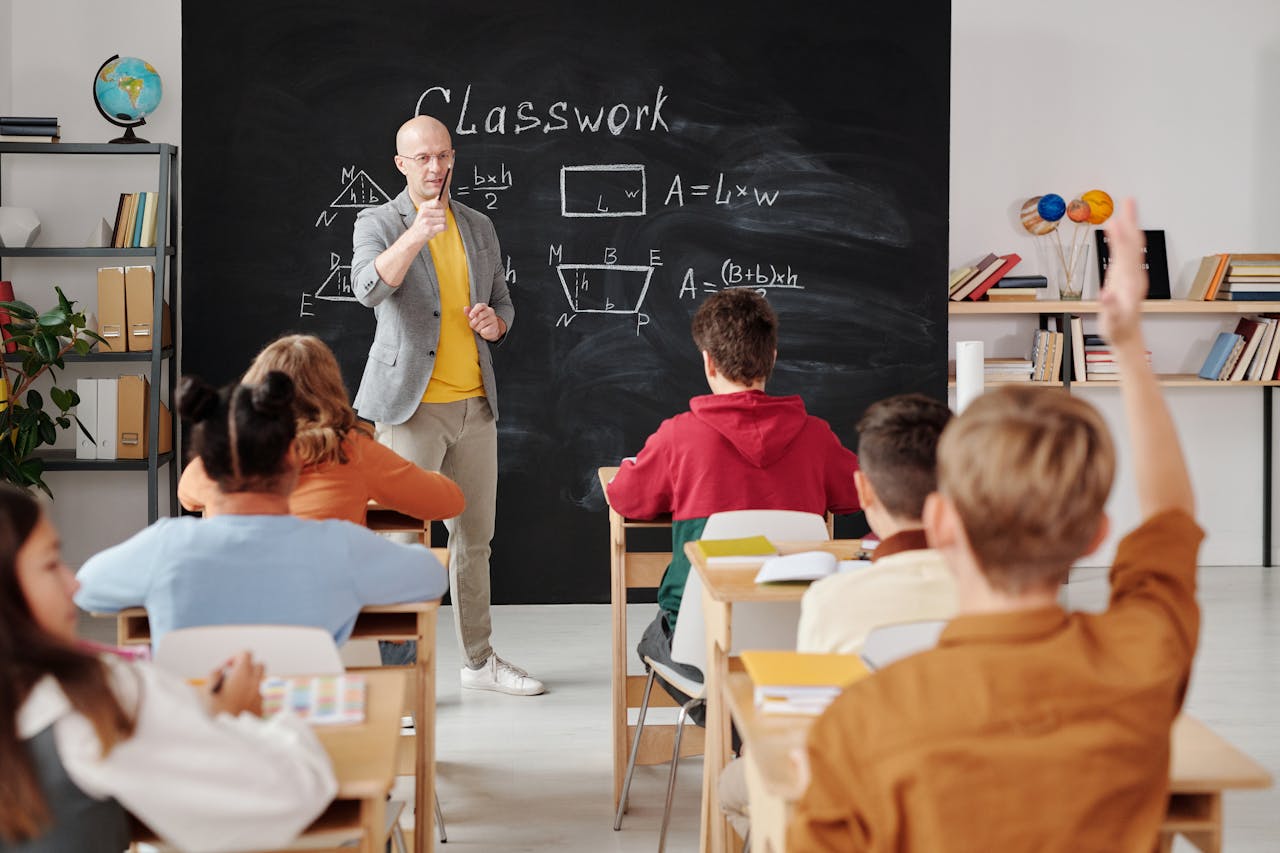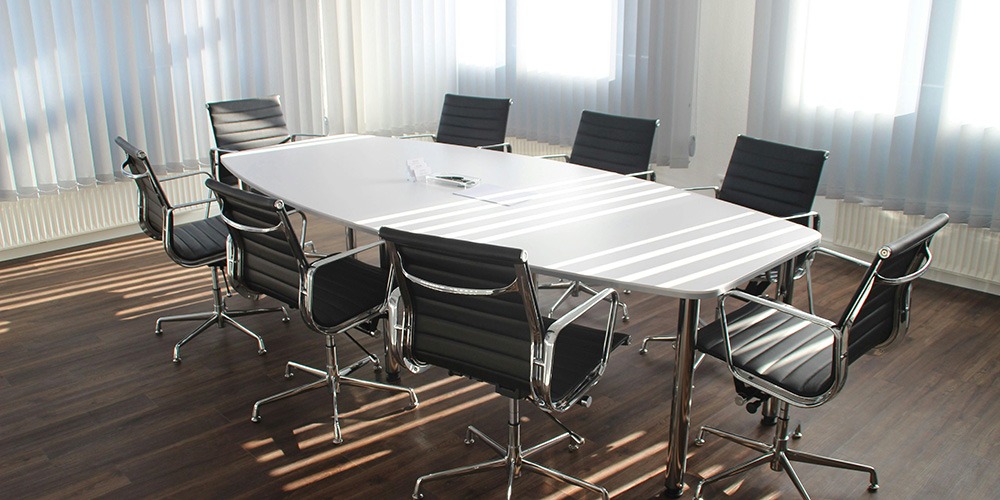Psych Tip of the Week – What is Aba Therapy?
Each week we will be sharing a tip from our school psychologist, Mrs. Rollins.
This week we are talking about – What is ABA Therapy?
ABA stands for Applied Behavior Analysis and helps people with developmental disabilities, usually Autism, to learn behaviors that will keep them safe and/or gain independent skills. It is not meant to make someone look neurotypical but improve their daily life in a functional way.
Research supports that all people learn the way ABA presents, but most respond to stimuli, reflect on the outcome, and look to others around them for confirmation. Research indicates that people with Autism Spectrum Disorder interpret stimulus, or the signals coming into their brain, differently. Specifically, their brain does not filter stimuli in the same way.
A neurotypical person tends to filter out a stimulus that it decides is unimportant and learns to attend to what is important. People with autism feel overwhelmed by stimulus they can’t filter, have difficulty reflecting on outcomes, and then do not notice the actions of others. The behavior they exhibit is done to meet needs in an immediate way. ABA teaches them to attend to what is important to safely and functionally accomplish a task.
For individuals with other developmental disabilities, ABA is used because typical exposure to learning a new process does not include enough repetition of the smallest steps in order for them to solidify the connections in their brains. Since ABA breaks down the process into the smallest, concrete steps and includes a lot of repetition, this can help these individuals learn necessary behaviors on a level that works for them.
ABA therapists teach skills like: language and communication abilities, social skills, self-care and hygiene routines, play and leisure skills, and motor abilities. As mentioned above new skills are broken down into small, concrete steps. They are reinforced with positive rewards specific to the person and a lot of repetition. Unwanted behaviors are ignored or redirected. Punishment is never used to draw out the desired behavior.
In order to discourage harmful or destructive behaviors, ABA therapists identify an unsafe behavior, learn about possible triggers, and then teach an alternative, safer behavior. They do this by asking questions or observing: what happens before a behavior, after a behavior, who was present, where did it happen, what time of day did it happen, and what is the person trying to communicate with their behavior?
They are looking at what needs the person is trying to meet and then determining how they can do that safely. The end goal of the therapist is to teach parents to use this process to teach and reinforce their child.
Autism Speaks contains more information on this topic, including a video example.
Don’t forget to check out our Facebook, Instagram, or Twitter pages!
March 25th, 2025






